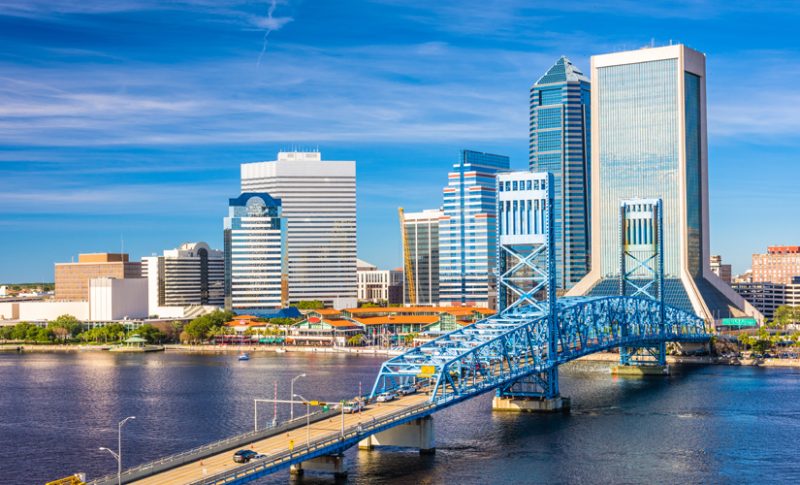Smaller metro areas are gaining population at faster rates than large cities in the pandemic. With telecommuting on the rise and expected to remain so after the pandemic, more Americans may have the freedom to move anywhere they wish.
“We are beginning to see signs of the COVID effect on migration,” writes Nadia Evangelou, a research economist at the National Association of REALTORS®, on the Economists’ Outlook blog. “For instance, the nation’s pricey tech hubs have begun to lose some of their residents, with many people looking for smaller and more affordable areas.”
The LinkedIn Workforce Report tracked inflows and outflows of residents for the period from April to August 2020 to identify the metro areas seeing the highest gains and declines in net arrivals compared to a year ago. The largest gains in net arrivals have occurred in the following areas:
- Jacksonville, Fla.: +10.7% (gain in net arrivals from April to August 2020)
- Salt Lake City: +9.6%
- Sacramento, Calif.: +7.6%
- Milwaukee: +4.5%
- Kansas City, Mo.: 3.9%
The report notes that these areas have lower unemployment rates than national averages as well as greater affordability. In Jacksonville, one in two renters can afford to purchase a typical home there.
Meanwhile, the areas with the steepest declines in net arrivals are:
- New York City: -23.4%
- San Francisco Bay Area: -21.1%
- Seattle: -10.6%
- Boston: -9.9%
- Portland, Ore.: -9.67%
Source: “Smaller Metro Areas Are Gaining Population During the Pandemic,” National Association of REALTORS® Economists’ Outlook blog (Sept. 28, 2020)













